Best YA & YYA Lit 1968
By:
January 14, 2018
SEE: 100 BEST YA & YYA ADVENTURES OF THE SIXTIES (1964–1973)
Fifty years ago, the following 10 adventures — selected from my Best Sixties (1964–1973) Adventure list — were first serialized or published in book form. They’re my favorite YA and YYA adventures published that year. Enjoy!
- Ursula K. Le Guin‘s fantasy adventure A Wizard of Earthsea. In the world of Earthsea, magic is an inborn talent — and those born with the most powerful gifts are sent to school on the island of Roke, where they are trained to become responsible, staff-carrying wizards. (Hello, Harry Potter.) Ged, a reddish-skinned shepherd boy, is trained by the humble mage Ogion to use his impressive powers in harmony with nature; however, Ged is impatient and reckless. (Hello, Ben Kenobi and Luke Skywalker.) At Roke, Ged shows off to his fellow students by releasing a shadow creature that attacks him. Injured and afraid, he leaves school and seeks wizard work (including protecting a village from dragons!) while also evading the shadow creature, which continues to haunt him… until his old teacher, Ogion, advises Ged to confront his fears. Fun facts: This is Le Guin’s first book for a young adult audience; Margaret Atwood has called it one of the “wellsprings” of fantasy literature. The next two installments in the Earthsea Trilogy are The Tombs of Atuan (1970/1971) and The Farthest Shore (1972). Later books in the Earthsea cycle: Tehanu, Tales from Earthsea, and The Other Wind. In 2005, Le Guin expressed her disappointment when the Sci Fi Channel’s loose adaptation of the Earthsea trilogy cast a white actor as Ged.
- Michael O’Donoghue‘s and Philip Wende’s satirical picture-book The Incredible, Thrilling Adventures of the Rock. Not since the 1892 Sherlock Holmes story “The Adventure of the Cardboard Box” has an adventure yarn been saddled with so unprepossessing a title; anti-prepossessing would be a more apt term, here, since we’re dealing with a Michael O’Donoghue joint. One of the most fiercely negative members of his double-negative generational cohort, O’Donoghue conjured up this children’s book near the apex of his satirical career, i.e., just after the serialization in Evergreen Review of his brilliant graphic novel The Adventures of Phoebe Zeit-Geist (ill. Frank Springer), and just before he joined the National Lampoon. Never has there been an adventure story like this one; and never has a children’s story ended in such a soul-searing fashion… except, perhaps, for O’Donoghue’s own “The Little Engine That Died.” I read The Incredible, Thrilling Adventures of the Rock as a child, and it changed me forever; for better or worse, you can decide. Fun fact: O’Donoghue and Wende sold this book to Random House’s Christopher Cerf, who’d worked on the Harvard Lampoon with George W.S. Trow… which led directly to O’Donoghue helping start up National Lampoon.
- Peter Dickinson’s YA sci-fi/fantasy adventure The Weathermonger. A teenage boy, Geoffrey, snaps out of a fugue state — in which he’s been for years — and discovers that he’s been working as a “weathermonger” for an English village on the Channel… but now they think he’s a witch, and they want to kill him. He and his younger sister, Sally, escape across the water to France. What’s going on? Several years earlier, a mysterious force has converted most of England’s population to anti-technology zealots, and the country has reverted a quasi-medieval way of life. Unaffected people have fled for the continent. France and other European countries have been unable to figure out the cause of the “changes,” and adults who’ve parachuted in to investigate haven’t returned. So Geoffrey and Sally return to England, and drive a 1909 Rolls Royce Silver Ghost — whose workings are described in loving detail — towards an atmospheric disturbance emanating from the Welsh coast. Fun facts: Hopefully it isn’t giving too much away to reveal that this book — not so much the other two in the trilogy — concerns what’s known as The Matter of Britain. Chronologically, this is the final installment in Dickinson’s excellent Changes trilogy; however, it was published first. I think it’s fine to read it first.
- Lloyd Alexander’s Chronicles of Prydain YA fantasy adventure The High King. The final installment in Alexander’s terrific Prydain cycle begins shortly after the events of Taran Wanderer. Dyrnwyn, the magical black sword of Gwydion, Prince of Don, has been stolen by the necromancer Arawn. Tara, Gwydion, Eilonwy, Fflewddur Fflam, Gurgi, the hapless Rhun, and even the peaceful pig-keeper Coll head out to retrieve it. Their quest turns into an all-out assault on Arawn’s kingdom — the Fair Folk, the northern realms, and the Free Commots, the smiths and weavers whom Taran befriended while seeking his own identity, the creatures of air and land all flock to the banner of the White Pig. It’s very dark, for a YA book: Characters we’ve come to know and love don’t survive; magic fades. What will become of Prydain — and Taran, Assistant Pig-Keeper? Fun facts: The High King was awarded the 1969 Newbery Medal for excellence in American children’s literature.
- Ted Hughes‘s children’s science-fantasy novel The Iron Man (ill. George Adamson; US: The Iron Giant). When a farmer’s son named Hogarth discovers that a mysterious man of iron has appeared in his rural English village, and is destroying crops, he alerts the townspeople — then helps them trap and bury the monster alive. Later, repenting of the role that he’d played in this action, Hogarth leads the iron man to a junkyard, where he can leave peacefully. Then, when an immense “space-bat-angel-dragon” arrives, demanding to be fed living creatures, Hogarth turns to the iron man for help. Will he save the planet that had rejected him? The author, considered one of the twentieth century’s greatest poets, wrote the book after his children’s mother, Sylvia Plath, committed suicide; he wanted to tell them a story in which a child can master the horrors of the adult world. Fun fact: Adapted in 1999 as a now-classic animated movie, directed by Brad Bird. PS: Was Black Sabbath’s 1970 song “Iron Man” inspired by Hughes’s book? Writing for The Boston Globe in 2008, I persuasively argued that the answer is: maybe.
- John Christopher’s YA science fiction adventure The Pool of Fire. In the thrilling conclusion to Christopher’s Tripods trilogy, young Will helps organize resistance against the alien invaders who’ve subjugated the human race… and then the uprising begins. Will, the series’ flawed protagonist, has spent months inside one of the Tripods’ domed cities (as detailed in the previous book, The City of Gold and Lead); now, he and Fritz travel across Europe and the Middle East setting up anti-Tripod terrorist cells. Once the Resistance discovers that alcohol has a strongly soporific effect on the aliens, they plan a simultaneous commando raid against all of the Tripod cities on Earth. The Panama city holds out… so Will, Fritz, and Henry lead an attack launched from hot air balloons. One of the friends sacrifices himself to destroy the final redoubt. Now that their common enemy has been vanquished, will humankind remain united — or will they revert to national rivalry and war? Fun facts: The Tripods trilogy was serialized in comic strip form in the Boy Scouts’ magazine Boys’ Life, from 1981–1986. John Christopher (real name: Sam Youd) is also the author of the terrific Sword of the Spirits trilogy (1970–1972).
- Joan Aiken’s YA historical/fantasy adventure The Whispering Mountain. When old Mr. Hughes, museum-keeper in the small Welsh village of Pennygaff, discovers the legendary golden Harp of Tiertu, the local Marquess of Malyn sends two cant-speaking thugs to snatch it; they also kidnap Hughes’s much-bullied grandson, Owen, who is blamed for the theft. Other characters interested in the harp include the mysterious Seljuk of Rum, and an order of monks which has mostly moved to China. Accompanied by his friend Arabis, daughter of an itinerant poet and tinker, and a few of the bullies who’ve tormented him, Owen must recover the harp and solve the prophecy of the Whispering Mountain. The language and dialect, as always with Aiken, is fun; and Owen’s little book, Arithmetic, Grammar, Botany & these Pleasing Sciences made Familiar to the Capacities of Youth, is a terrific fictional Propaedeutic Enchiridion. Fun fact: A prequel of sorts to Aiken’s 12-part, mostly excellent Wolves Chronicles, a series set in an alternative 19th century — in which the Hanoverians plot to regain the English throne from the Stuarts.
- Alexander Key’s sci-fi adventure Escape to Witch Mountain. Tony and Tia are siblings who’ve grown up in foster care; their parents were killed in a crash about which they possess only hazy memories. Tia can’t speak normally, but she can unlock any door by touch and communicate with animals; Tony can communicate telepathically with his sister, and — when he plays his harmonica — he can access an impressive telekinetic ability. The children conceal their powers, particularly when they end up in a juvenile detention home. With the assistance of a kindly Catholic priest, Father O’Day, Tomy and Tia flee to the Blue Ridge Mountains, where they have reason to believe they’ll find their own people (who may not be from Earth, originally). They’re pursued by a devilish adversary who schemes to exploit their abilities for his own gain. Fun facts: Adapted as a 1975 Walt Disney movie; and again in 2009. Key also wrote The Forgotten Door, about an extraterrestrial humanoid who relies on the kindness of strangers when he arrives on Earth; and The Incredible Tide, the inspiration for Miyazaki’s Future Boy Conan.
- René Goscinny and Albert Uderzo’s bande dessinée adventure Asterix at the Olympic Games. While training for the upcoming Olympic Games in Greece, Roman legionnaire and athlete Gluteus Maximus discovers that he is unable to best Asterix and Obelix at running, javelin, or wrestling. His centurion and coach informs Chief Vitalstatistix about the Games, at which point Asterix points out that (despite their resistance to Roman rule) the Gauls are technically Roman citizens and therefore, they should participate in the fun. Accompanied by every man from the village, Asterix and Obelix head to Olympia and register as athletes; reduced to despair, the Roman athletes devote themselves to elaborate feasts… which demoralizes the other athletes. So the Games’ judges inform the Gauls that artificial stimulants are forbidden, which disqualifies Obelix and disables Asterix. How will the indomitable duo get themselves out of this jam? Fun facts: The 12th Asterix comic was serialized in Pilote in 1968 to coincide with the Mexico City Olympics; and it was translated into English in 1972 to coincide with the Munich Olympics. The subject of performance-enhancing drug usage in sports is more relevant now than ever!
- Robert C. O’Brien’s sci-fi adventure The Silver Crown. On her tenth birthday, Ellen Carroll — who likes to imagine that she is a queen — discovers a silver crown in her bedroom. A series of unfortunate events follows; slowly, Ellen discovers a parallel world in which she is an important figure. But someone is out to get her: Soon enough, Ellen finds herself hitchhiking to her Aunt Sara’s house in Kentucky. En route, she meets Otto, a self-sufficient 8-year-old, who helps her flee through the mountains from sinister pursuers — and teaches her valuable survival skills. In a sinister castle in the forest, she and Otto discover the Hieronymus Machine, an ancient and self-aware device that allows the silver crown-wearer to control minds. Ellen struggles with ethical concerns around freedom and responsibility, not to mention technology’s role in human life. Will she ever make it to Aunt Sara’s? Fun fact: Yes, it’s a bit uneven — but this is the debut novel by O’Brien, who would go on to explore similar themes in such terrific books as Mrs. Frisby and the Rats of NIMH (1971) and Z for Zachariah (1974).


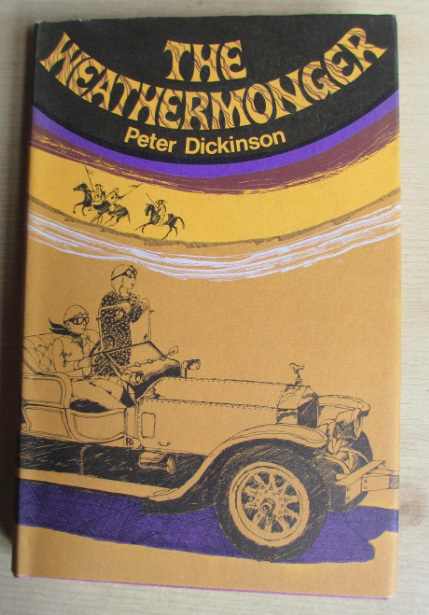
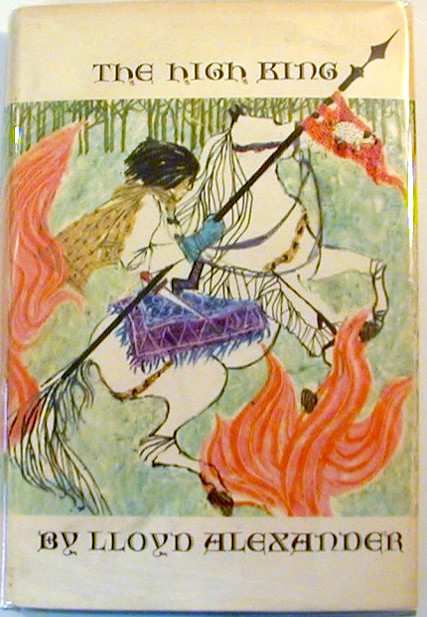
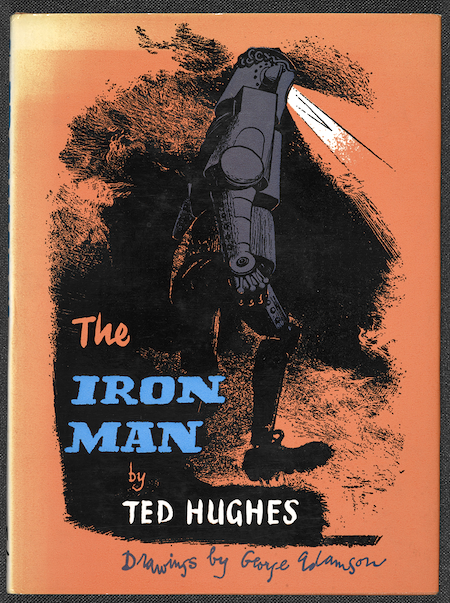

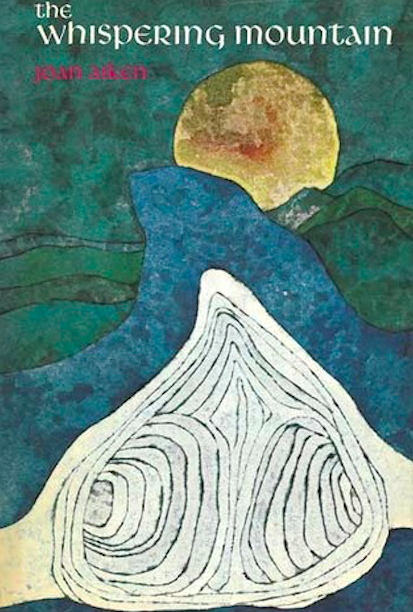

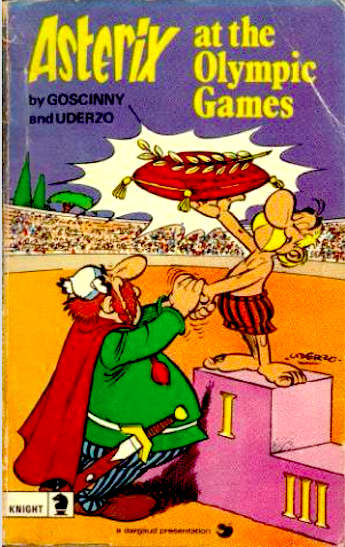

BEST SIXTIES YA & YYA: [Best YA & YYA Lit 1963] | Best YA & YYA Lit 1964 | Best YA & YYA Lit 1965 | Best YA & YYA Lit 1966 | Best YA & YYA Lit 1967 | Best YA & YYA Lit 1968 | Best YA & YYA Lit 1969 | Best YA & YYA Lit 1970 | Best YA & YYA Lit 1971 | Best YA & YYA Lit 1972 | Best YA & YYA Lit 1973. ALSO: Best YA Sci-Fi.
JOSH GLENN’S *BEST ADVENTURES* LISTS: BEST 250 ADVENTURES OF THE 20TH CENTURY | 100 BEST OUGHTS ADVENTURES | 100 BEST RADIUM AGE (PROTO-)SCI-FI ADVENTURES | 100 BEST TEENS ADVENTURES | 100 BEST TWENTIES ADVENTURES | 100 BEST THIRTIES ADVENTURES | 75 BEST GOLDEN AGE SCI-FI ADVENTURES | 100 BEST FORTIES ADVENTURES | 100 BEST FIFTIES ADVENTURES | 100 BEST SIXTIES ADVENTURES | 75 BEST NEW WAVE SCI FI ADVENTURES | 100 BEST SEVENTIES ADVENTURES | 100 BEST EIGHTIES ADVENTURES | 75 BEST DIAMOND AGE SCI-FI ADVENTURES | 100 BEST NINETIES ADVENTURES (in progress) | 1994 | 1995 | 1996 | 1997 | 1998 | 1999 | 2000 | 2001 | 2002 | 2003 | NOTES ON 21st-CENTURY ADVENTURES.
